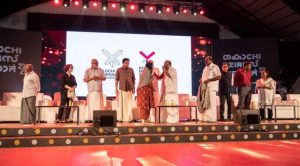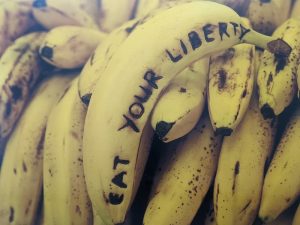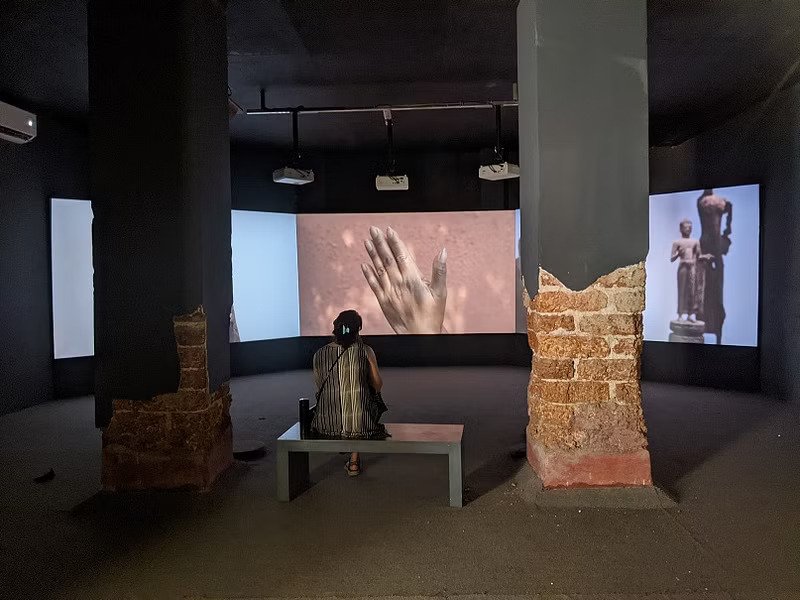Tsuktiben Jamir
The Kochi-Muziris Biennale is an international exhibition of contemporary art that is hosted in Kochi, Kerala, India every two years. It is both the biggest contemporary art festival in Asia and the largest art show in the whole nation. The fifth edition of this festival recently concluded with a big bang at the Durbar Hall Ground in Ernakulam. This Biennale attracted almost nine lakh visitors who came to see the art fiesta that took over 4.5 square kilometres in Fort Kochi and Mattancherry. The event stretched from the 12th of December 2022 till the 10th of April 2023 included film screenings, sculptures, art installations, performance art and paintings.
This year’s Biennale, which was originally set for December 2020, was put on hold for two years owing to the Covid pandemic. Well, this year’s success is nothing short of a mighty comeback, hosting 88 contemporary artists from around 40 countries in 16 different venues. The festival centered around the theme ‘In our veins flow ink and fire’ and was curated by Shubigi Rao, the Singapore-based writer and artist.

Courtesy: The Indian Express
Shubigi Rao observed this latest edition served as a testament to human tenacity and survival in the wake of the pandemic. In the press release, she states, “This edition of the Kochi-Muziris Biennale therefore embodies the joy of experiencing practices of divergent sensibilities, under conditions both joyful and grim. There is optimism even in the darkest absurdity, and this is what leavens the direness of our time. It is in the robustness of humour that we can imagine the possibility of sustained kinship, and remember that we are not isolated in this fight. And that perhaps all that is required for an impossible ideal to exist is for enough people to live, think, and work as if it already does.”
Numerous events, including lectures, special screenings, musical performances, activities curated for children for their educational benefits, and expert-led workshops, were held in addition to these art displays during the festival.
Rao further explains, “We remember the ability of our species, our communities, to flourish artistically even in fraught and dire situations, with a refusal in the face of disillusionment to disavow our poetry, our languages, our art and music, our optimism and humour.”
At the Durbar Art Gallery, thirty Malayali artists from Kerala displayed their works as part of the exhibition “Idam” that was collaboratively curated by Gigi Scaria, Radha Gomathi, and P S Jalaja.
Other featured artists included the antelope-inspired masks by Nigerian Zina Saro-Wiwa, the stylized trade designs by Nathalie Muchamad from the Comoros, the role of the banana in colonial history by Martinique artist Jean-Francois Bocle, the early photojournalistic work on female students by Homay Vyarawala, and the take on evolution of bodily transformations by Anju Acharya.

With the names of 735 distinct victims written on the wall, South African artist Gabrielle Goliath also presented a distinct installation gnawing at the evils of violence and trauma. Some other prominent artists that graced the festival with their works included Thao-Nguyen Phan from Vietnam, Rita Khin from Myanmar, Vivan Sundaram, Joan Jonas from the US, Haegue Yang from South Korea, Arpita Singh, Amar Kanwar and Nasreen Mohamedi.





